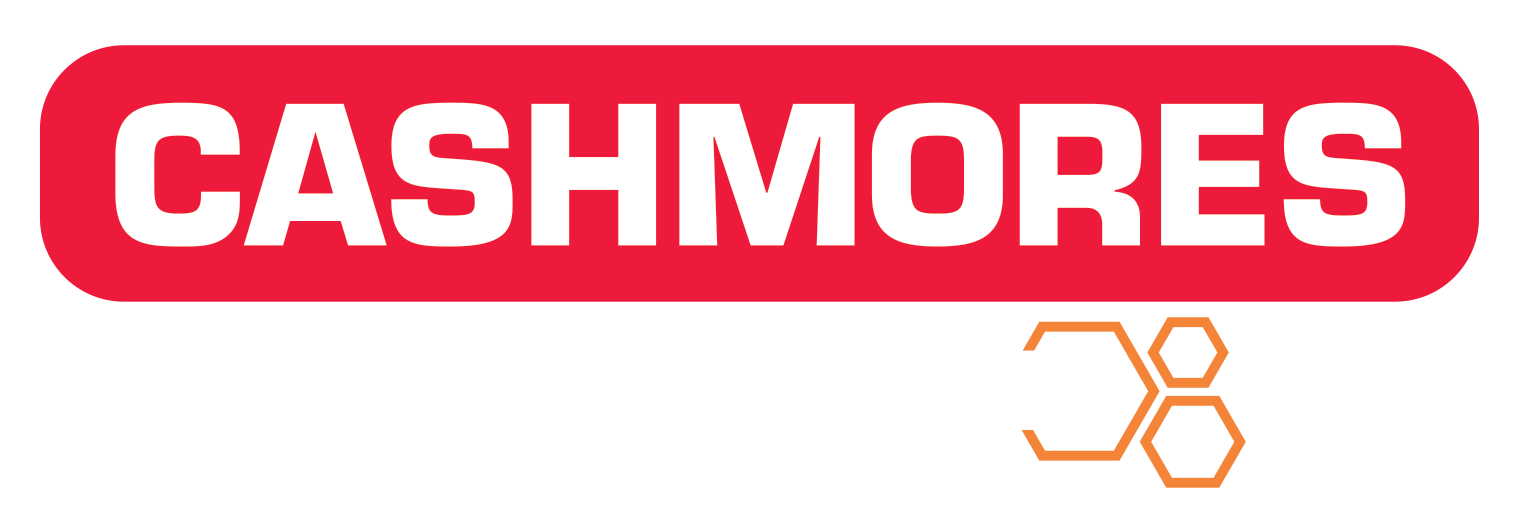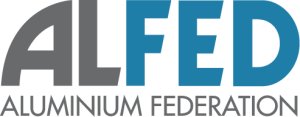- Cashmores
- Upper Brook St, Walsall
- West Midlands WS2 9PD
- T: +44 (0) 1922 720930
- Sales:
- E: sales@cashmores.co.uk
- Customer Services:
- E: customerservices@cashmores.co.uk
- Administration:
- E: admin@cashmores.co.uk
- Office opening hours:
- Monday – Thursday 8.00am – 4.00pm
- Friday 8.00am – 1.00pm
- Warehouse opening hours:
- Monday – Thursday 7.00am – 3.00pm
- Friday 7.00am – 10.00am
Contact Us
Please complete the form below providing as much information as possible and one of our advisors will be in touch to discuss your requirements in more detail.
Cashmores.com
Menu
PRODUCTS & SERVICES
Menu
ABOUT US
Menu
TECHNICAL DATA
Menu
LEGAL
Menu
Copyright © 2025 Cashmores Metals Limited | Registered in England and Wales number 1141972.




